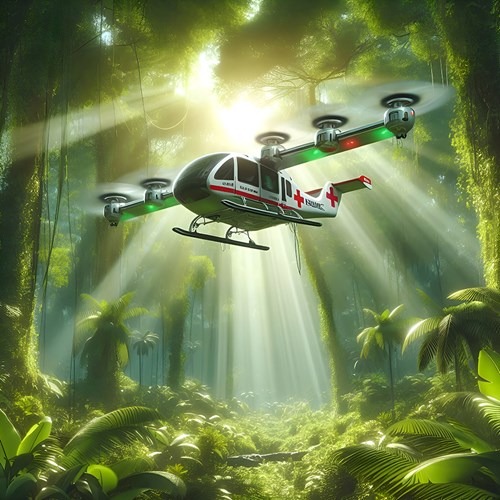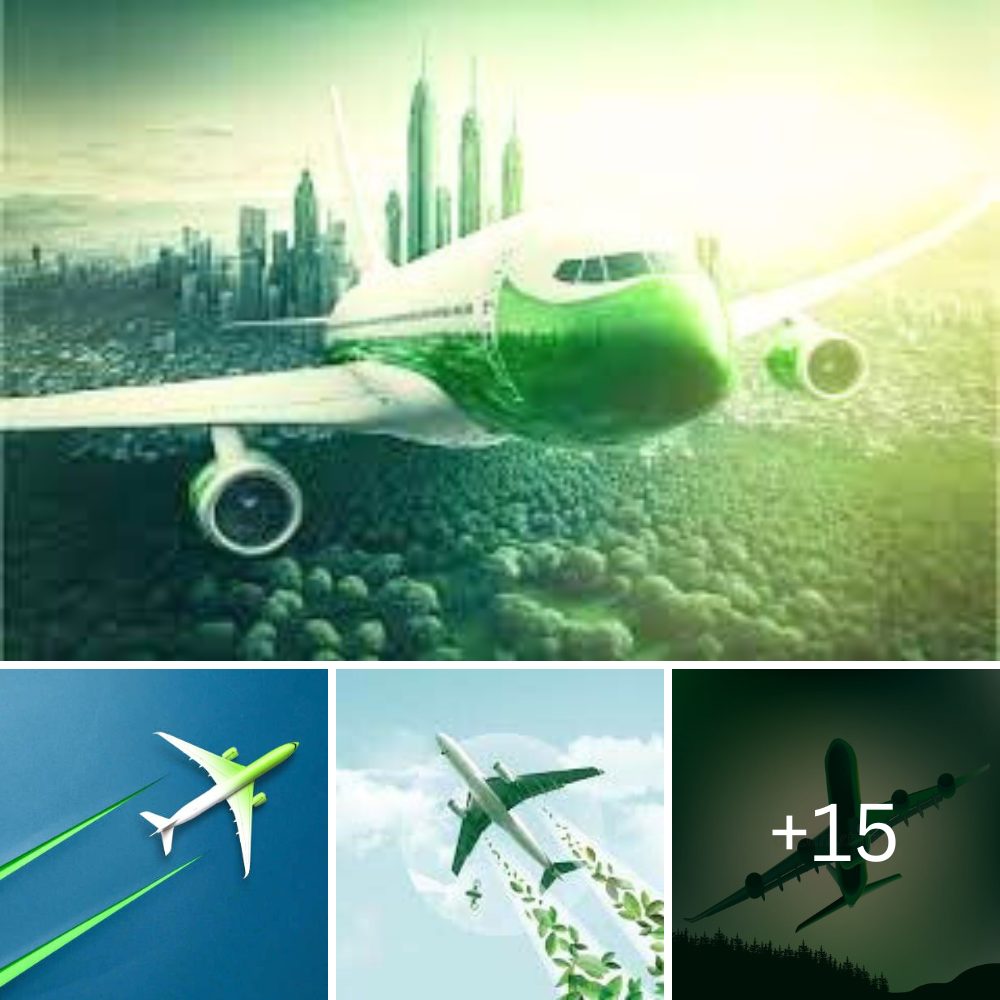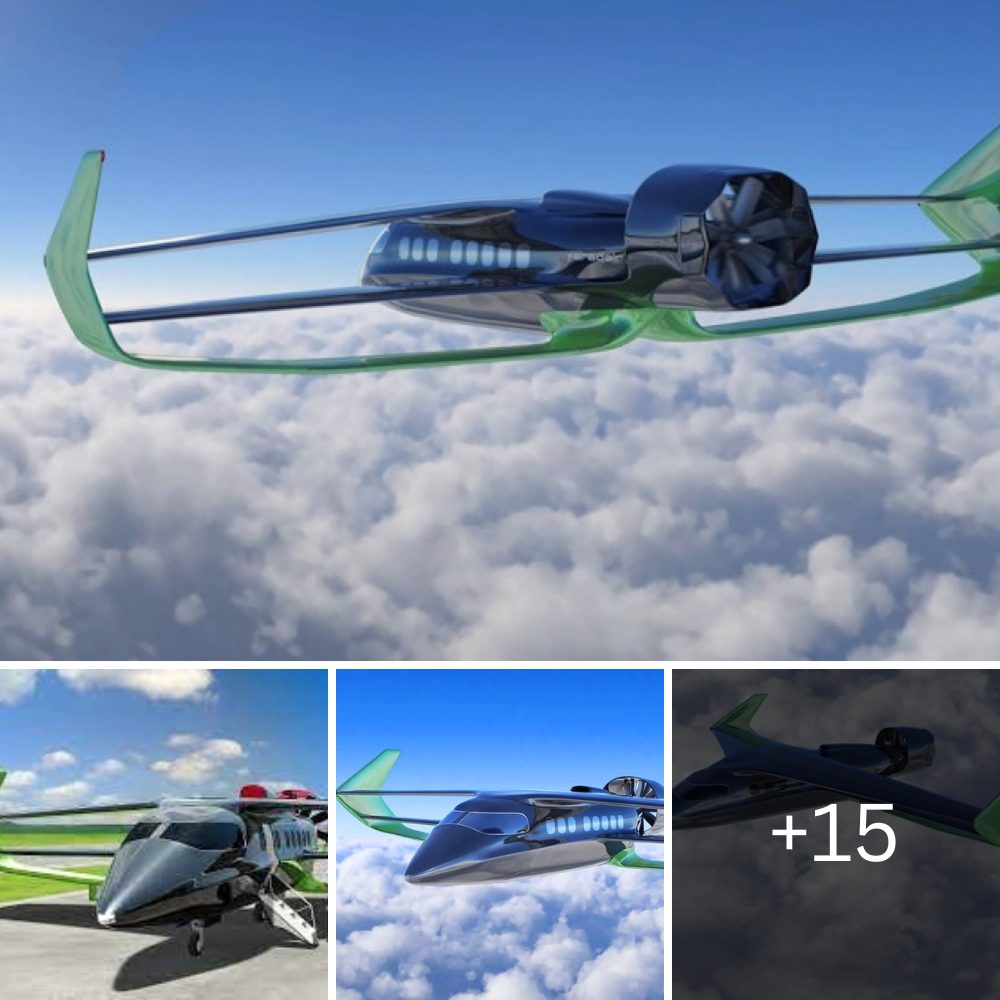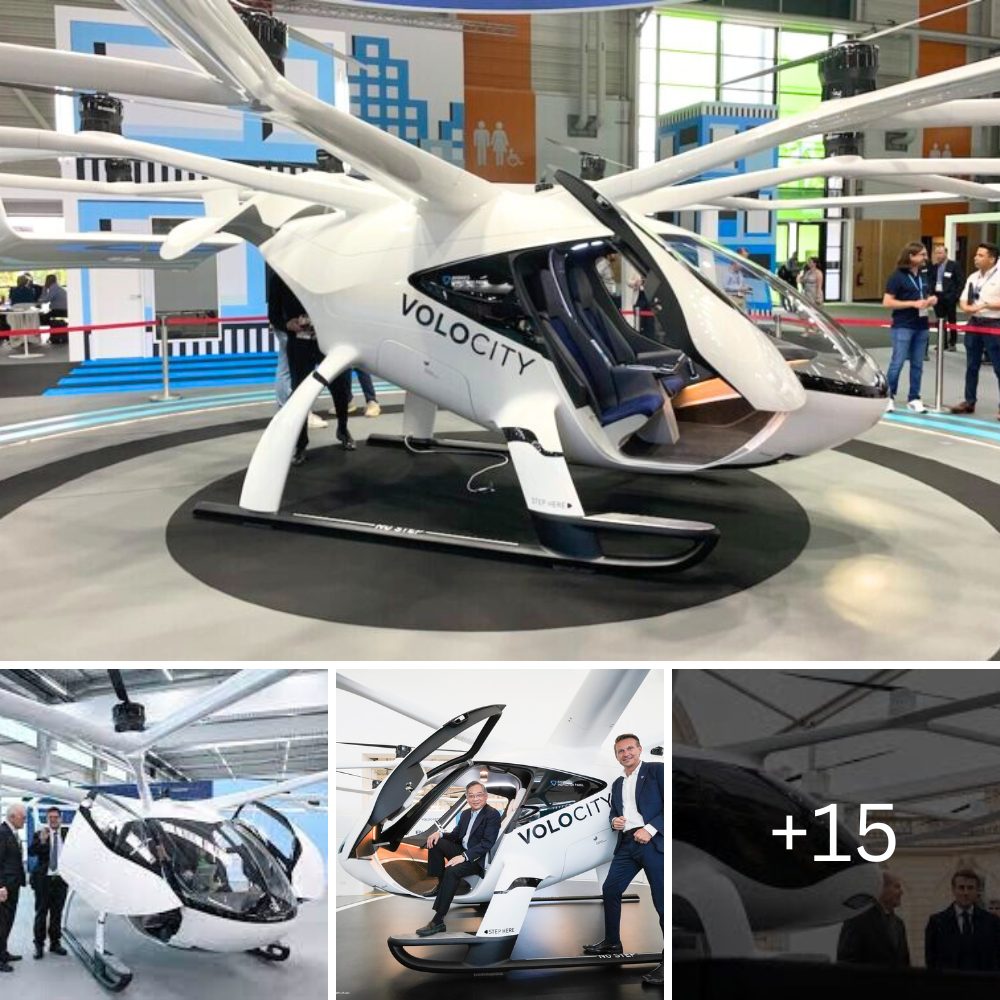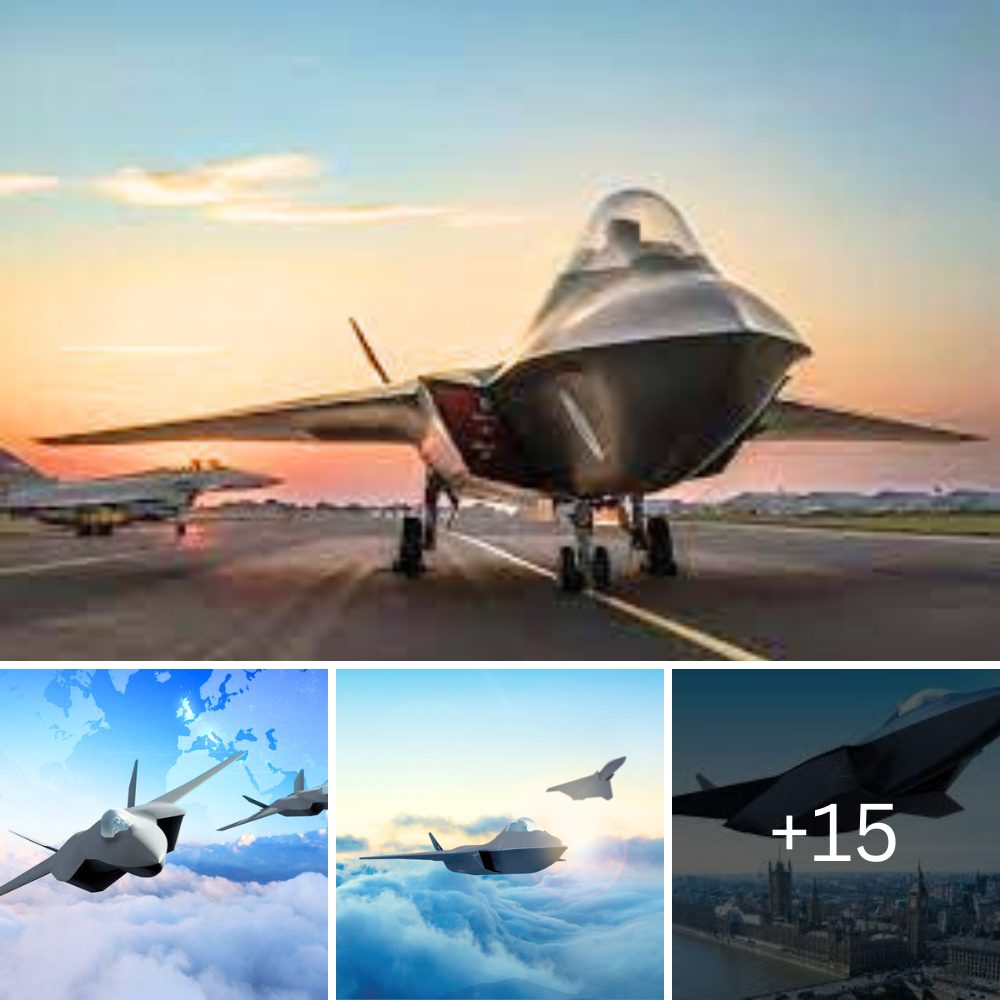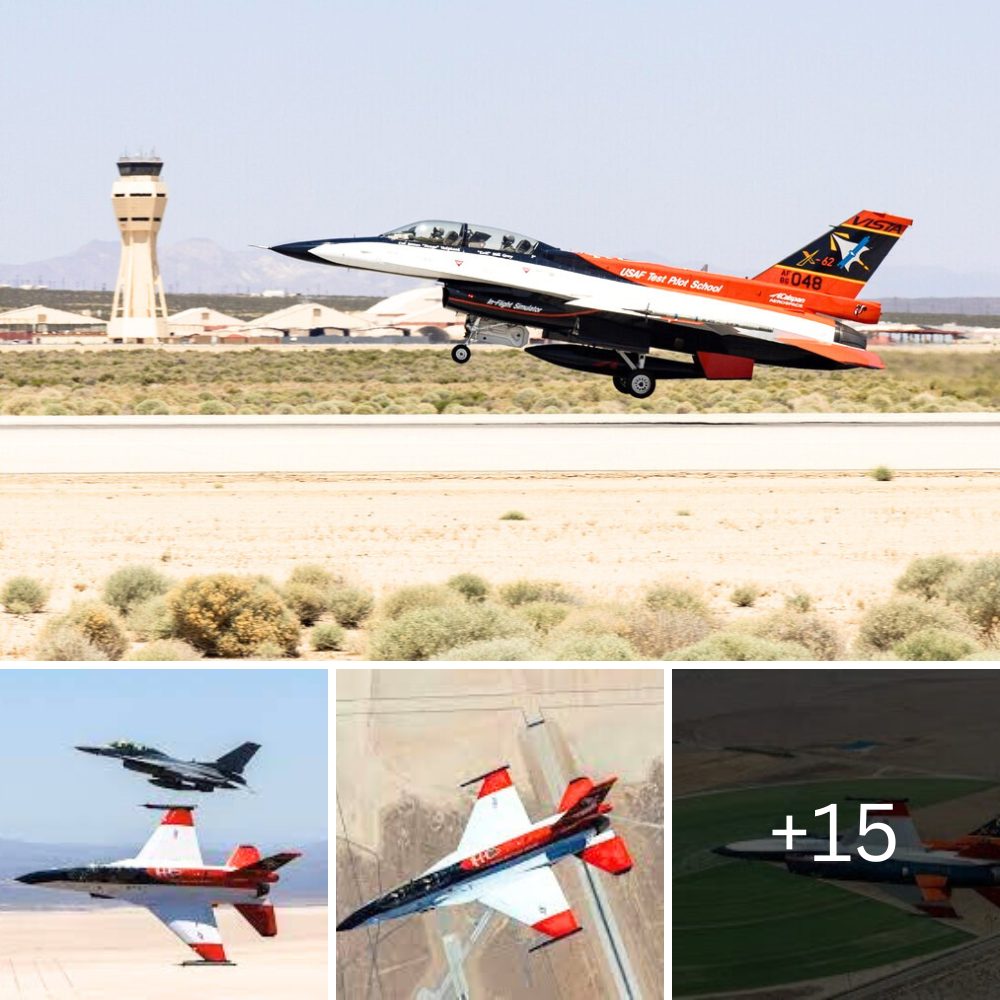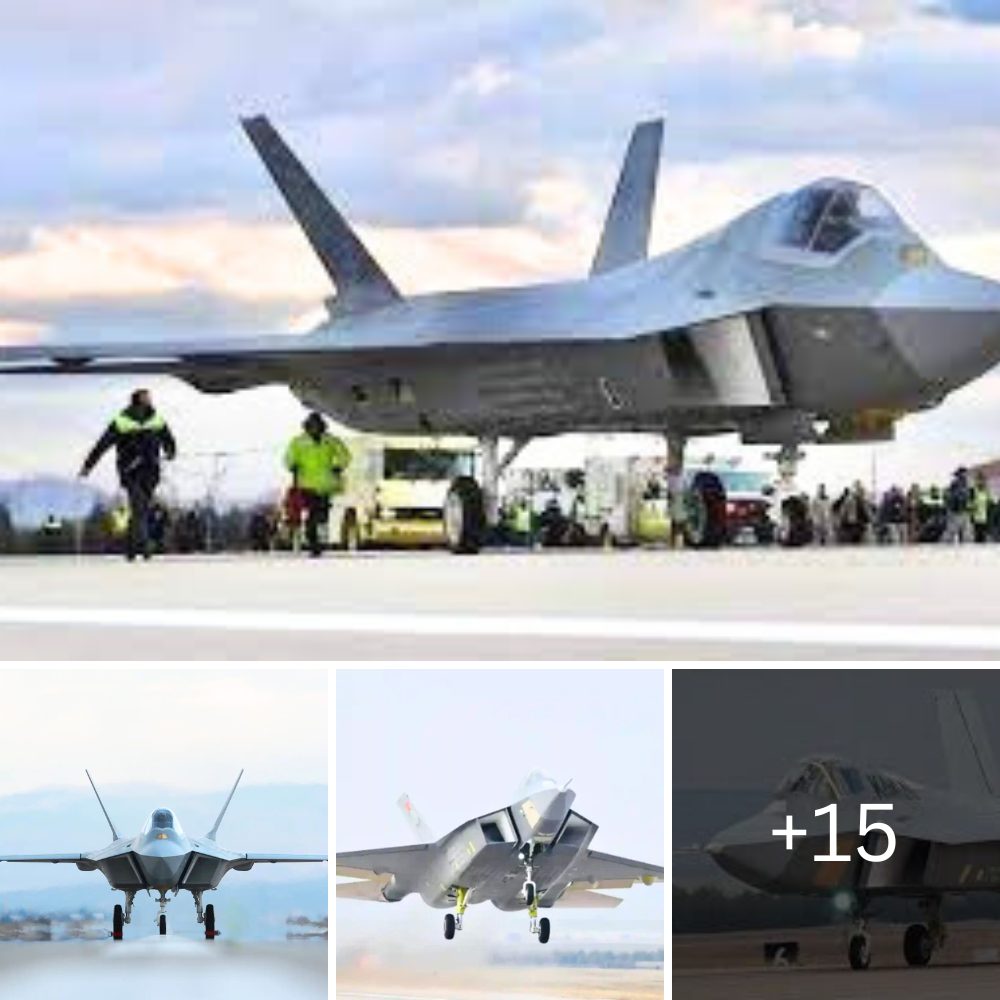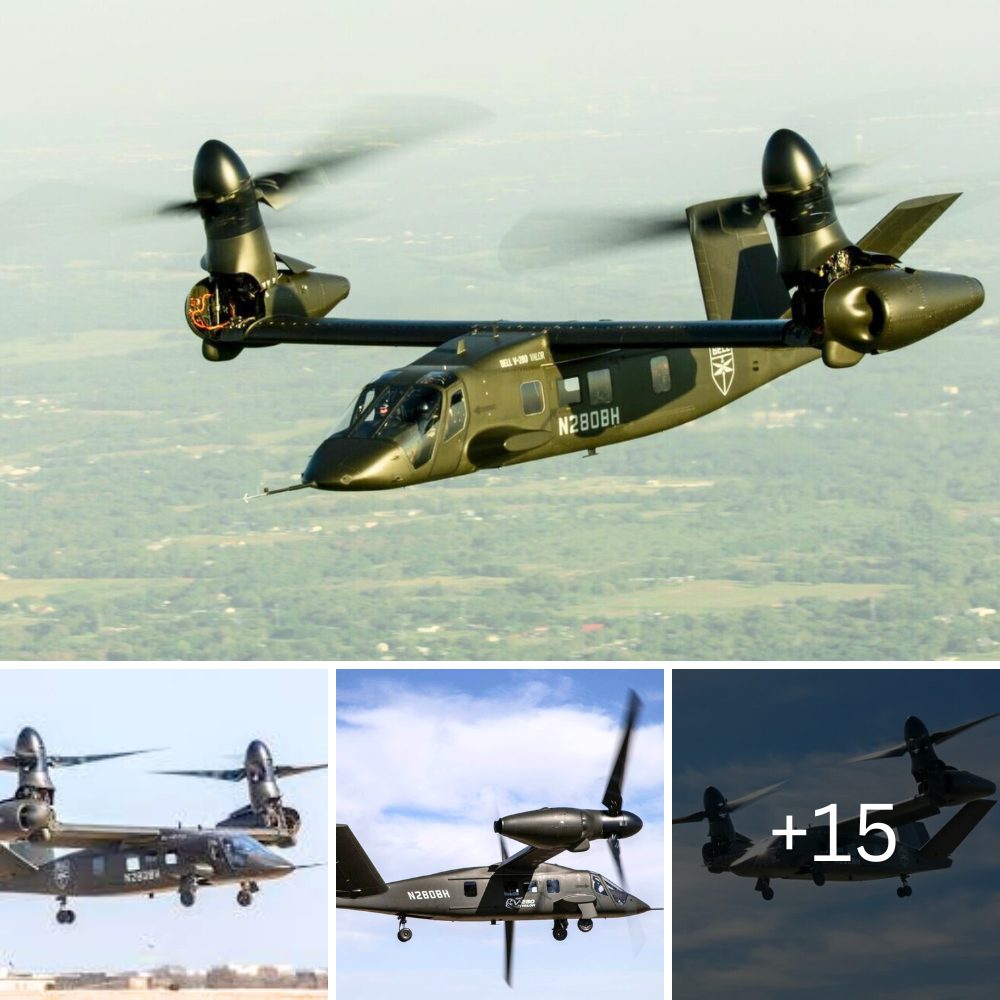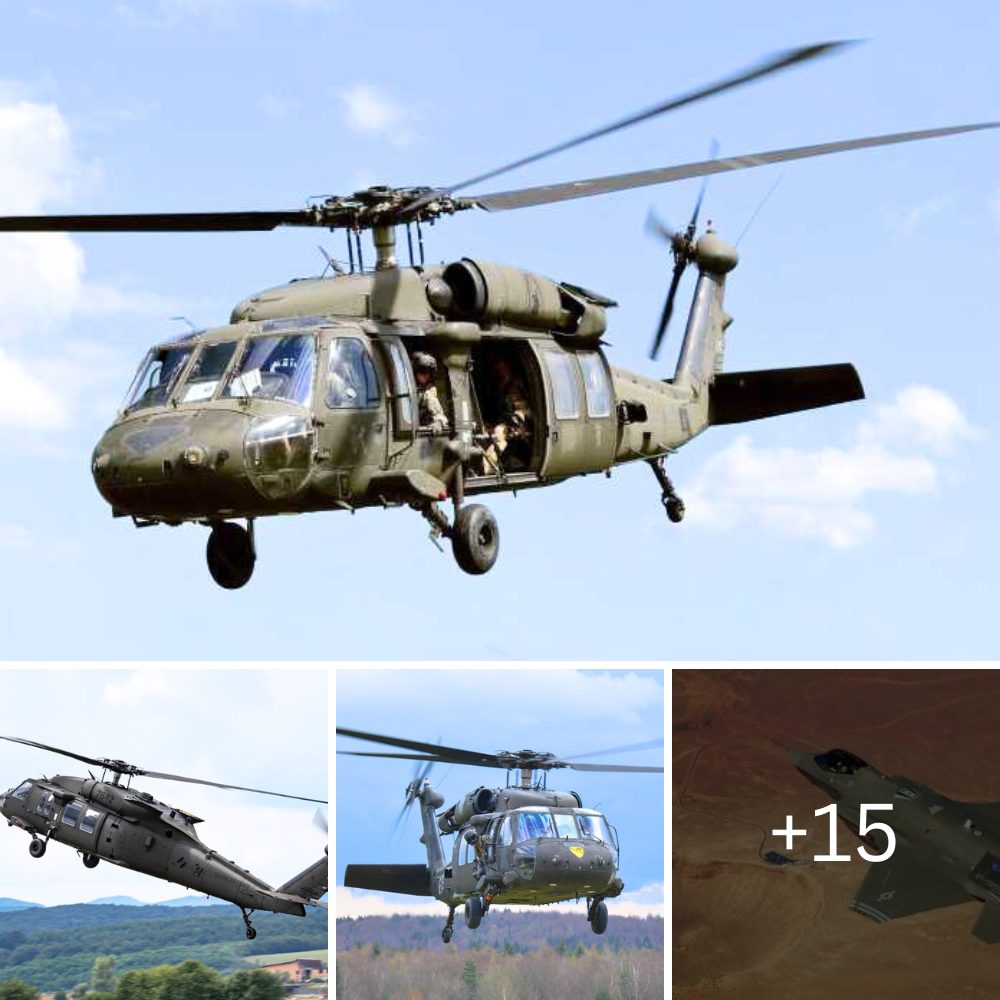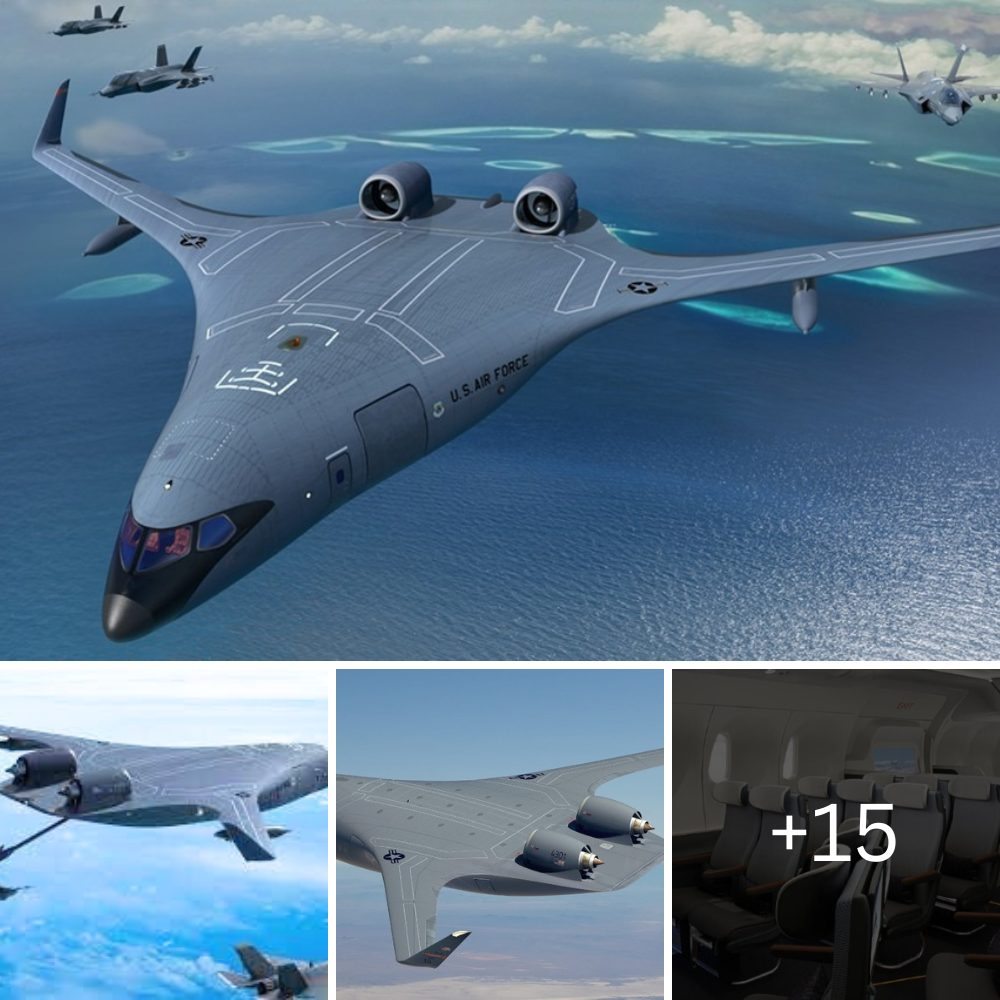An innovative new RAeS briefing paper attempts to forecast eVTOL ‘accident investigations of the future’ – therefore helping this evolving new ‘flying cars’ sector avoid the mistakes of the past. TIM ROBINSON* FRAeS reports.
With the global Advanced Air Mobility (AAM) sector now gathering pace, the dreams of zero-emission electric VTOL aircraft (commonly known as ‘flying cars’) are now moving from science fiction to reality. In China, the first passenger eVTOL, eHang’s 316 was certificated in 2023, while this year saw Autoflight’s lift +cruise cargo eVTOL also certificated. China – a leader in EVs and batteries has prioritised the development and exploitation of this low-altitude economy. Other efforts are underway around the world, with Joby and Archer in the US, Lilium and Volocopter in Germany and Vertical Aerospace in the UK, all entering the most challenging part of the development process – test flying and certification. Meanwhile, countries, regions and cities with an eye on the future, such as the United Arab Emirates, are already forging agreements with manufacturers and operators to bring these vehicles into the skies.
Made possible by lightweight composites, more efficient batteries and sophisticated autopilots and fly-by-wire (FBW) technology these eVTOLs offer exciting opportunities to take urban transport to the third dimension – especially over cities, overcovering the noise, pollution, maintenance and safety issues that have limited conventional helicopters from exploiting their full potential. Moreover the AAM use case also has expanded from urban areas to include connecting remote communities and rural services.
Electric powered drones are now a common sight, whether for civil or military, and this then could be argued is just this technology scaled up. With orders for 10,000 eVTOLs worth $60bn there is now significant investment in this new mode of travel – particularly for its zero-emission credentials. In 2040 this market could be worth $1trillion according to one estimate from JP Morgan.
Though only one subset of AAM (which also includes drones and hybrid-electric aircraft), the idea of ‘aerial taxis’ that could whisk passengers from door to door, which has gripped the public’s imagination since the dawn of powered flight. Early illustrations from the turn of century of the future often include ‘jet packs’ or personal flying vehicles – a sign that many expected personal aerial locomotion to logically follow on from the automotive revolution then underway. This dream has continued, the idea of ‘roadable cars’ in the 1950s to science-fiction spinners and hovercars – as, for example, seen in Blade Runner (1982).
However, there are remain major questions – in funding, infrastructure and business models – but perhaps the biggest one, is that of public perceptions – especially where safety is concerned. Despite the smaller number of passengers (4-6) carried, compared to a Boeing 737 or Airbus A320, a key differentiator is that these vehicles are intended to operate over densely populated urban areas, and at a very low altitude that aircraft and helicopters usually avoid – for just these safety considerations. Ensuring the safety of people underneath as well as those inside the eVTOL will be paramount.
In addition, the field of AAM has also attracted a number of new entrants from outside traditional aerospace OEMs, such as the tech sector and automotive – and therefore lack the deep safety DNA and airworthiness knowledge of established legacy aircraft companies. This knowledge, which over the past 120+ years of powered flight, has produced the safest mode of transport in which, in 2023, there were no large jet airliner hull losses despite millions of flights, has to be remembered that today’s safety standards, technology and operational improvements have been paid for by those who have tragically lost their lives in aviation accidents. However, in an era of 24/7 news, viral social media, watchful investors and extreme litigation the AAM sector may not have the luxury of ‘moving fast and breaking things’ that the previous pioneers of flight enjoyed. AAM will thus be under extreme scrutiny.
Furthermore, the history of aviation holds warnings about promising new technologies that, either by luck, design or circumstance, never fully took off – such as passenger airships, flying wing airliners, very light jets (VLJs) and even supersonic passenger flight, remaining niche aeronautical oddities. Fatal crashes of eVTOLs, particularly in a densely crowded city could therefore significantly setback or stall this revolution.
For the public, media and politicians a key question remains – will these so-called ‘flying cars’ be safe?
An innovative ‘future gazing study’

To address these wider questions, stimulate thinking and offer recommendations on how legacy aerospace and AAM can work together to incorporate the past lessons of the previous 100 years and find answers to novel challenges posed by electric vertical flight, in 2023 Royal Aeronautical Society President 2023-24 Kerissa Khan convened a team of aviation safety experts, AAM industry players and stakeholders from around the globe. These included experts from Joby, UK CAA, NATS and business aviation with the task of flipping the traditional way that aviation learns from accidents to improve safety on its head by imagining potential accidents of 2035.
Thus, rather than a ‘post-mortem’ of a real aviation accident – this discussion paper is aimed at delivering a ‘pre mortem’ of plausible and realistic fictional AAM accident scenarios to stop highly preventable accidents from occurring – and identifying the major challenges ahead of time. While it is inevitable that accidents will happen eventually, the intention is to reduce the ‘unknown unknowns’ to a manageable level and ensure a smooth introduction of these into the skies.
The three scenarios were carefully chosen to draw out relevant examples and highlight some of the biggest ways in which AAM may present unique challenges compared to conventional aviation sectors, taking the form of standard accident reports that are in use today.
Accident reports from the future
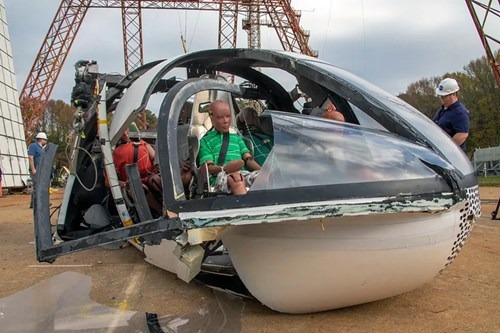
EASA rendering of eVTOL air ambulance (EASA)
In the first vignette, an eVTOL air ambulance crashes in southeast Asia, as a result of electrical arcing in a battery pack causing a thermal runaway or fire. While the crew and passengers survive, this incident and the report highlights design issues, environmental factors and maintenance errors. Simply put – while these aircraft will meet certification standards, designers will need to anticipate wider uses cases (such air ambulances flying infrequently in humid environments) than the ones that the eVTOL may be optimised for.
The second scenario sees a commuter eVTOL make a hard landing in London, after crowded airspace, full vertiports and a potential landing pad incursion come together to cause an accident and the eVTOL pilot leaves it too late to decide between a conventional and vertical landing. While fuel planning and diversion airports are part of conventional aviation – eVTOLs bring new challenges in that the aircraft does not get lighter as is consumes energy and also the battery power available declines as the battery gets closer to 0%. Those with smartphones will know how quickly they can empty in the last 10% of charge if any power-hungry apps are used. This scenario then highlights the challenges of ATM and communications in integrating these air vehicles into low-altitude airspace when decisions about diversions etc will need to be taken quickly.
Finally, the third scenario envisages an eVTOL crash involving an air taxi in a busy South American megacity. Here human factors and training plays a major role, with a tired, stressed pilot distracted by demanding VIP passengers, leading to an emergency descent and collision with a football pitch flood light. While these types of human factor issues are not unknown in conventional aviation, the combination of multiple extremely short flights by a single pilot and pressure from clients could make for a dangerous combination.
Summary
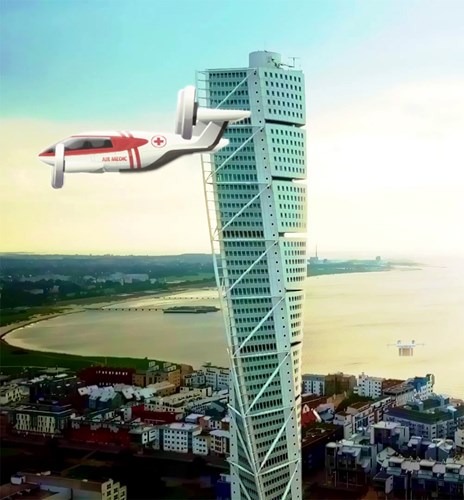
One of the scenarios involved an air ambulance eVTOL crash in the jungle.
As can be seen by these examples above, these three scenarios present plausible accident causes and outcomes taken from past experience in over 100 years of conventional aviation, but ask industry, regulators, safety specialists and other stakeholders to consider how AAM might be different in some key areas that are currently underappreciated or not yet fully considered. The paper therefore offers observations and recommendations to help guide and shaped the debate.
While there have been many studies on AAM that focus on business models, concepts of operations, UTM, this groundbreaking paper, presented in a fictional, yet plausible way, is the cross-stakeholder study to examine some of the aviation safety challenges that its introduction may face. As such, it continues Royal Aeronautical Society’s tradition of being right at the very forefront of aerospace thought-leadership.
Though many of these challenges are as old as aviation itself, new technology such as electric motors, batteries, highly autonomous flight, doctrines and concepts of operations as well as evolving human factors issues (ultra-short sectors/reduced training requirements) means that there may be novel factors with AAM that this paper will help uncover ahead of time. Indeed, with highly redundant power systems and advanced automation/FBW it may well be that AAM could be the safest mode of flight ever introduced – but this depends much on learning from and discussing the ‘worst case’ scenarios today.
To be forewarned then, is to be forearmed, and it is hoped that this paper encourages wider debate and discussion.
